Wacker Offers Effective Solutions for Protecting Concrete from Water

A functioning infrastructure is the key to a society’s prosperity and well-being. But the roads and bridges in prosperous countries are getting old. In the United States, 56,000 bridges are deemed to be structurally deficient; in 2016, roughly 3.8 million square meters of bridges were found to be in urgent need of repair in Germany alone.
Built for Eternity?
Many of the bridges and roads in highly developed countries were built decades ago. Not only has the volume of traffic quadrupled since that time – extreme weather events with high temperatures and freezing conditions (including chloride pollution from road salt) are increasing as well. The enemy here? Water.
An Unwelcome Intruder
All of the damage that occurs in concrete is caused by moisture penetration. When it rains on a concrete road or when a concrete bridge is exposed to ocean spray, the water is literally drawn into tiny cavities (capillaries) in the concrete – and because of the capillary effect, this even works against gravity. Water can cause significant damage once it has invaded, whether due to freeze-thaw cycles or chemical reactions, or because it transports aggressive substances like road salt into the concrete.
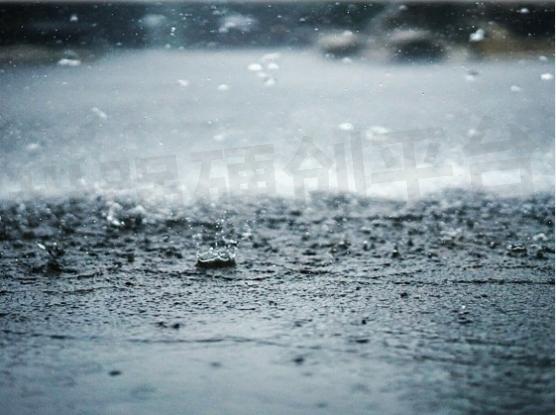
Rust: An Explosive Phenomenon
Concrete is usually reinforced with steel when installed. But the pH of fresh concrete is high, which protects the steel from rust. If, however, the concrete reacts with the CO2 in the air, its pH sinks and it no longer protects the steel as well as it once did. And if moisture is introduced on top of that, the reinforcing steel may corrode. The volume of rusted steel is many times greater than that of uncorroded steel, and this generates pressure that ruptures the surrounding concrete. Steel that has been compromised in this way by rust puts the integrity of bridges and buildings at an acute risk. That risk is particularly great for steel-reinforced concrete exposed to seawater or road salt, both of which contain chlorides. If spray or condensation transports these chlorides onto the concrete and they penetrate all the way down to the steel reinforcement, the rust will produce pits that eat deep into the metal. Known as pitting corrosion, this phenomenon is not visible from the outside – by the time it is discovered, the structure often will have already sustained lasting damage.


Effective Water Protection
Hydrophobic (water-repellent) surface impregnation with silanes is an efficient solution for preventing damage to concrete. This treatment stops water from penetrating from the outside while still allowing moisture to escape from within. Impregnation offers lasting resistance to UV light and the elements, and even provides protection when cracks form. This extends the service life of the concrete while avoiding the high costs of renovations.
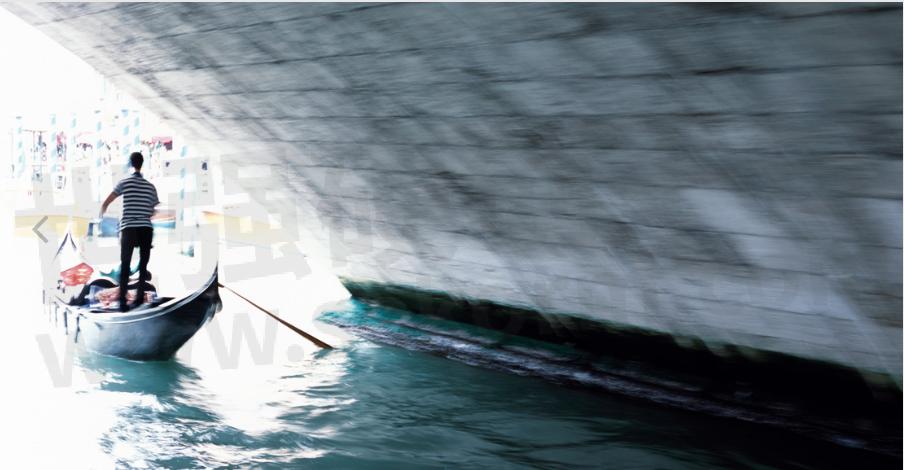

Passivation Layer
Fresh concrete is highly alkaline, which passivates the reinforcement steel.
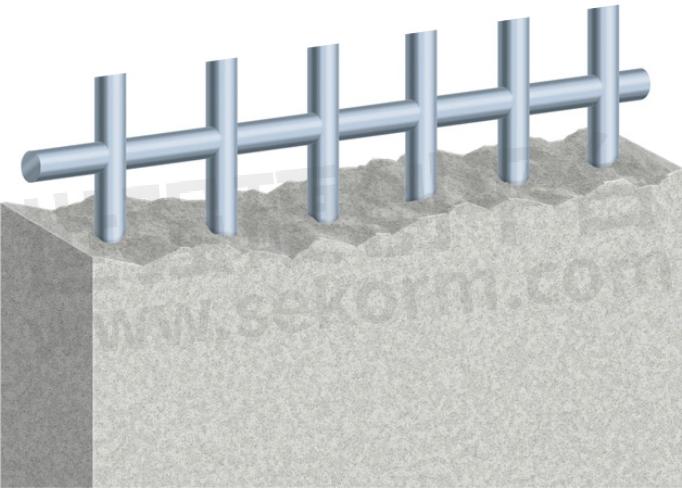
Full-Surface Corrosion
Salts such as chlorides and acidic gases (e.g. CO2) penetrate concrete along with water. If they reach the steel, they dissolve the passivating layer of protection.
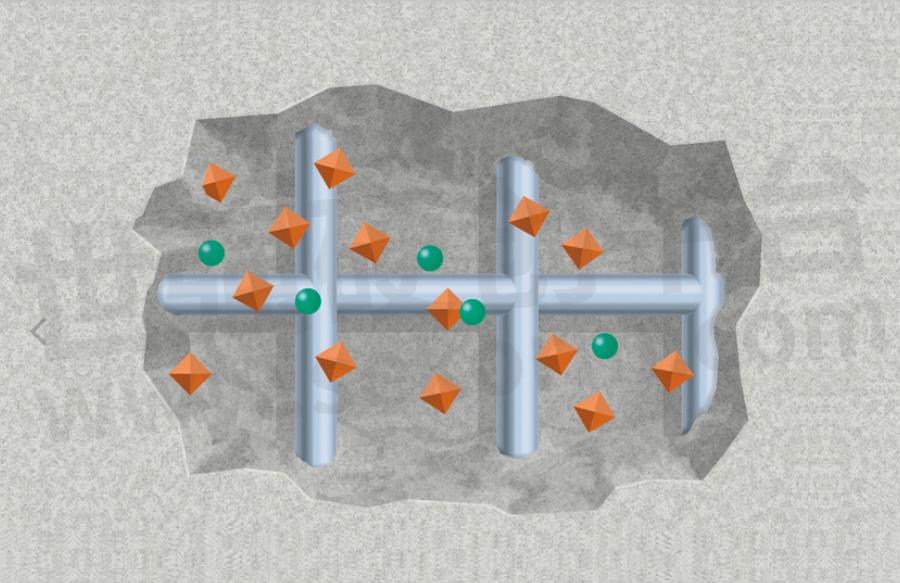

Pitting Corrosion
Spotty corrosion (pitting) is the first sign that steel has begun to corrode and will continue to spread. The process of rusting iron is associated with a drastic increase in volume (bursting force), causing the layer of concrete above the reinforcement to rupture.
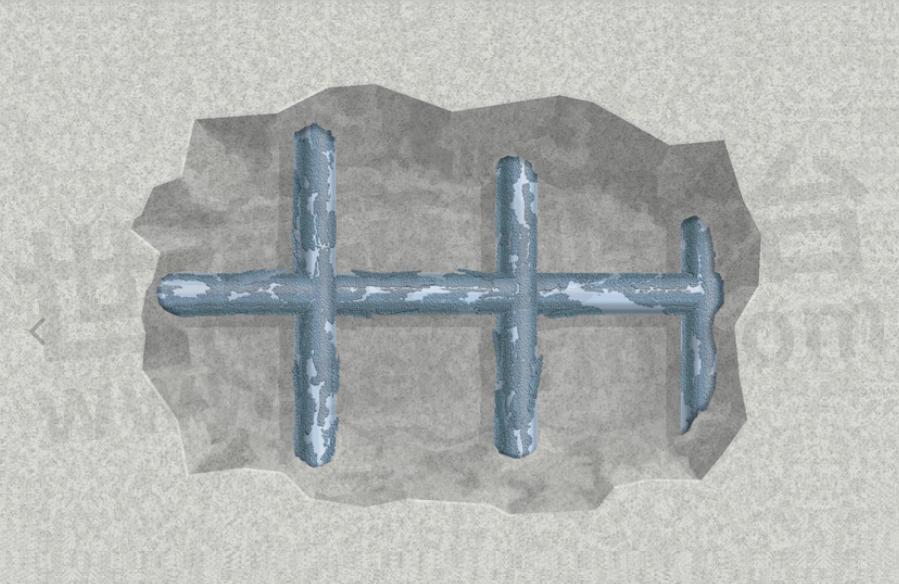
The Best Protection? Hydrophobization
Effectively protecting concrete from water can extend its service life significantly. There are two ways to do this:
Integral treatment
This involves adding a polymer agent to the mix that will protect the concrete from water penetration and render it hydrophobic throughout. WACKER offers these binders under the brand name ETONIS®. Not only do these products make concrete water repellent, they also leave it highly resistant to the chlorides, acids, gases and other aggressive media dissolved in the water.
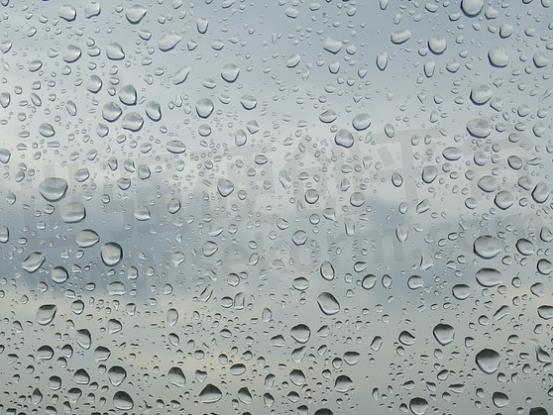
Hydrophobic coating
This involves adding a hydrophobic layer onto untreated concrete. Here WACKER’s weapons of choice are silanes and silicones. SILRES® BS is the brand name under which the company sells impregnation agents that penetrate deep into the surface of the concrete and become chemically anchored there. Unlike film-forming impregnation, treating concrete with these products will both retain the physical properties of the structure and produce a longer-lasting hydrophobic effect.
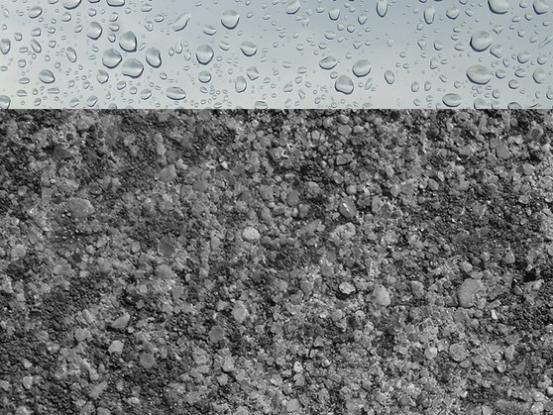
- +1 Like
- Add to Favorites
Recommend
- WACKER ETONIS® Additives Have a Doubly Positive effect on Concrete
- WACKER Engineering Silicones Tech Center in Burghausen
- WACKER’s Polysilicon Production Successfully Certified to IATF 16949
- WACKER Presents Innovative Solutions in Construction and Coatings at PAINTINDIA
- WACKER Has Produced A Liquid Silicone Rubber (LSR) ELASTOSIL® LR Series for 2K Injection Molding
- LEAP Technology Has Developed A Kind of Sensor – Based on WACKER ELASTOSIL® Silicone Films
- WACKER Positions itself as Solution Provider for Silicone-Coated Healthcare Products with New Acquisition
- WACKER Expands Specialty Silicone Production in China
This document is provided by Sekorm Platform for VIP exclusive service. The copyright is owned by Sekorm. Without authorization, any medias, websites or individual are not allowed to reprint. When authorizing the reprint, the link of www.sekorm.com must be indicated.






























































































































































































































































































































































































































































































































































































































































































































































































































































































